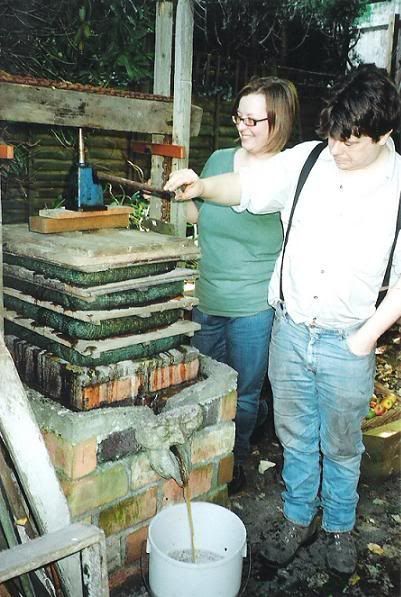Kalimna
Established Member
- Joined
- 18 Nov 2009
- Messages
- 1,275
- Reaction score
- 2
Greetings folks,
I wonder if anyone who has made cider before could offer some advice on home brewing it? I've found a few local trees that (so far) have provided around 4 litres delicious (though quite tart and tannic) juice. I reckon I could get at least the same again, and i wondered about making some cider, but haven't found a particularly good guide via google.
I have no idea what the varieties are, one I suspect is a wild cross and has a more appley taste that's similar to golden delicious, one has cox-like flavour and the others are a red fleshed variety too tart to eat easily. All are in fairly built up areas, but I reckon at least the red and cox may have been originally orchard trees.
So, what recipe should I use? I am familiar with home brew equipment.
Cheers,
Adam
I wonder if anyone who has made cider before could offer some advice on home brewing it? I've found a few local trees that (so far) have provided around 4 litres delicious (though quite tart and tannic) juice. I reckon I could get at least the same again, and i wondered about making some cider, but haven't found a particularly good guide via google.
I have no idea what the varieties are, one I suspect is a wild cross and has a more appley taste that's similar to golden delicious, one has cox-like flavour and the others are a red fleshed variety too tart to eat easily. All are in fairly built up areas, but I reckon at least the red and cox may have been originally orchard trees.
So, what recipe should I use? I am familiar with home brew equipment.
Cheers,
Adam


































